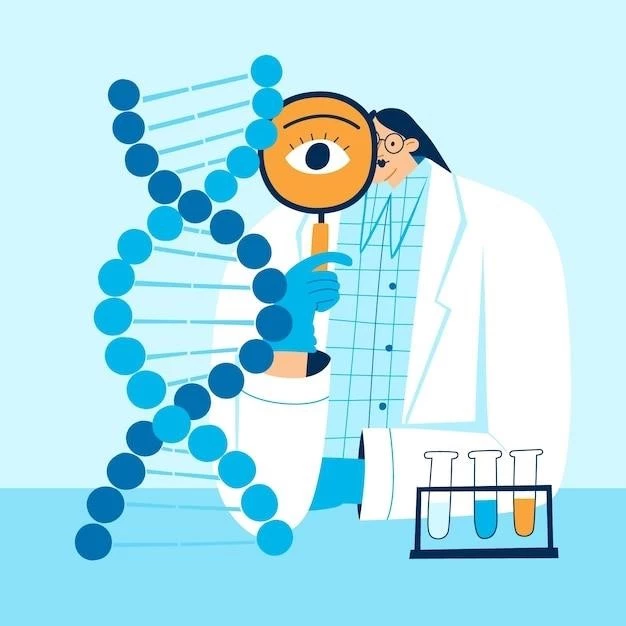Introduction
Schinzel syndrome, also known as Ritscher-Schinzel syndrome, is a rare condition characterized by craniofacial abnormalities, cardiovascular malformations, and cerebellar defects. The syndrome is clinically recognizable and may present with distinctive facial features and severe developmental delays.
Overview of Schinzel Syndrome
Schinzel Syndrome, also referred to as Ritscher-Schinzel Syndrome, encompasses a spectrum of rare genetic disorders, including Ritscher-Schinzel Syndrome and Schinzel-Giedion Syndrome. These conditions are characterized by distinct craniofacial abnormalities, cerebellar defects, cardiovascular malformations, and intellectual disabilities. Each subtype presents with unique features, with varying degrees of severity impacting multiple systems within the body. Diagnosis and management of Schinzel Syndrome require a multidisciplinary approach to address the complex medical needs associated with this rare disorder.
Clinical Characteristics
Ritscher-Schinzel Syndrome (RSS) is clinically recognizable and includes cardinal findings of craniofacial features, cerebellar defects, and cardiovascular malformations. Schinzel-Giedion Syndrome (SGS) presents with severe intellectual disability, distinctive facial features, and multiple congenital malformations. The syndromes exhibit characteristic dysmorphic facial features and developmental delays, impacting various organ systems.
Ritscher-Schinzel Syndrome (RSS)
Ritscher-Schinzel Syndrome (RSS) is a clinically recognizable condition characterized by craniofacial features, cerebellar defects, and cardiovascular malformations. The syndrome, also known as 3C Syndrome, presents with distinctive facial features such as brachycephaly, hypotonic face with a protruding tongue, and flat facial appearance. Individuals with RSS may also exhibit developmental delays and other congenital anomalies affecting multiple organ systems.
Schinzel-Giedion Syndrome (SGS)
Schinzel-Giedion Syndrome (SGS) is a highly recognizable syndrome characterized by severe intellectual disability, distinctive facial features, and multiple congenital malformations including skeletal abnormalities, genitourinary and renal malformations, cardiac defects, and a predisposition to neuroepithelial neoplasias. This ultra-rare disorder is caused by gain-of-function pathogenic variants in a SETBP1 mutational hotspot, resulting in a spectrum of neurological impairments, epilepsy, hypotonia, spasticity, and sensory impairments. Management of SGS involves multidisciplinary care to address the complex medical needs associated with this severe genetic condition.
Symptoms and Features
Symptoms of Schinzel Syndrome vary depending on the specific subtype but commonly include craniofacial abnormalities, cerebellar defects, cardiovascular malformations, severe intellectual disability, distinctive facial features, skeletal abnormalities, genitourinary malformations, and a predisposition to neuroepithelial neoplasias. Individuals may also present with developmental delays, hypotonia, spasticity, epilepsy, hearing loss, and visual impairments. The syndrome is associated with a range of congenital anomalies affecting multiple organ systems, necessitating comprehensive medical management and supportive care.

Genetics
Schinzel Syndrome is associated with genetic mutations, particularly in the SETBP1 gene. These mutations are responsible for the characteristic features and developmental abnormalities observed in affected individuals. The mode of inheritance for this rare disorder is crucial in understanding its genetic underpinnings.
Genetic Mutations in SETBP1 Gene
Schinzel Syndrome is linked to genetic mutations, notably in the SETBP1 gene. These mutations lead to the unique characteristics and developmental abnormalities seen in affected individuals. Understanding these genetic changes is crucial for the diagnosis and management of this rare genetic disorder.
Mode of Inheritance
Schinzel Syndrome follows a particular mode of inheritance, crucial for understanding its genetic basis and transmission patterns. The syndrome’s inheritance pattern plays a significant role in genetic counseling and risk assessment for affected individuals and their families. Understanding the mode of inheritance is essential for comprehensive management and support strategies tailored to each case.
Diagnosis
Diagnosing Schinzel Syndrome involves recognizing the unique combination of craniofacial abnormalities, cerebellar defects, cardiovascular malformations, and other characteristic features exhibited by affected individuals. Genetic testing plays a crucial role in confirming the presence of mutations associated with this rare genetic disorder.
Diagnostic Criteria
Diagnosing Schinzel Syndrome involves recognizing a specific set of clinical criteria. These criteria typically include a combination of craniofacial abnormalities, cerebellar defects, cardiovascular malformations, and characteristic dysmorphic features. Genetic testing is often required to confirm the presence of mutations linked to this rare genetic disorder, aiding in accurate diagnosis and appropriate treatment planning.
Genetic Testing
Genetic testing plays a critical role in confirming the presence of mutations linked to Schinzel Syndrome. By analyzing the SETBP1 gene, healthcare professionals can diagnose individuals with this rare genetic disorder, enabling targeted treatment strategies and genetic counseling for affected families.

Treatment
Management strategies for Schinzel Syndrome involve a multidisciplinary approach to address the complex medical needs associated with this rare genetic disorder. Supportive care plays a crucial role in improving the quality of life for affected individuals.
Management Strategies
Management strategies for Schinzel Syndrome involve a comprehensive multidisciplinary approach that focuses on addressing the clinical manifestations and complexities associated with the condition. Supportive care and tailored interventions are essential components of the management plan to optimize the quality of life for affected individuals while considering the multisystem impact of the syndrome.
Supportive Care
Individuals with Schinzel Syndrome may require extensive supportive care to manage their complex medical needs. This care may include interventions to address developmental delays, neurological impairments, cardiac issues, sensory impairments, and other unique challenges associated with the syndrome. Additionally, supporting the well-being and quality of life of individuals with Schinzel Syndrome is a fundamental aspect of their overall care.
Prognosis
Understanding the prognosis of Schinzel Syndrome can provide insights into the expected outcomes and challenges individuals may face. Assessing life expectancy and potential complications is crucial for guiding treatment and support strategies for affected individuals.
Life Expectancy
The prognosis for individuals with Schinzel Syndrome is often influenced by the severity of associated complications and the impact on various organ systems. Assessing life expectancy in these cases involves considering the management of complex medical needs and addressing potential complications to ensure optimal care and quality of life for affected individuals.
Potential Complications
Individuals with Schinzel Syndrome may experience a range of potential complications affecting different organ systems, including neurological impairments, cardiac abnormalities, skeletal malformations, genitourinary issues, and a predisposition to tumors, particularly neuroepithelial neoplasias. Managing these complications requires a multidisciplinary approach to address the diverse challenges associated with the syndrome effectively.
Research and Awareness
Current research efforts aim to enhance understanding and management of Schinzel Syndrome, while awareness initiatives seek to promote recognition of this rare genetic disorder. Collaboration between researchers, healthcare professionals, and advocacy groups is crucial to advance knowledge and support for individuals affected by Schinzel Syndrome.
Current Research Efforts
Ongoing research endeavors focus on advancing the understanding of Schinzel Syndrome, exploring potential therapeutic interventions, and elucidating the underlying genetic mechanisms. Collaborative research initiatives aim to enhance diagnosis, treatment strategies, and overall management of individuals affected by this rare genetic disorder. Increased awareness and continued scientific investigations are essential to further improve outcomes and support for those impacted by Schinzel Syndrome.
Awareness Initiatives
Awareness initiatives for Schinzel Syndrome aim to educate the public, healthcare professionals, and policymakers about this rare genetic disorder. By raising awareness, advocacy groups and foundations seek to improve early recognition, facilitate timely diagnosis, and enhance overall support and resources available to individuals and families affected by Schinzel Syndrome. Increased awareness plays a vital role in promoting research, improving access to care, and ultimately enhancing the quality of life for those impacted by this condition.
